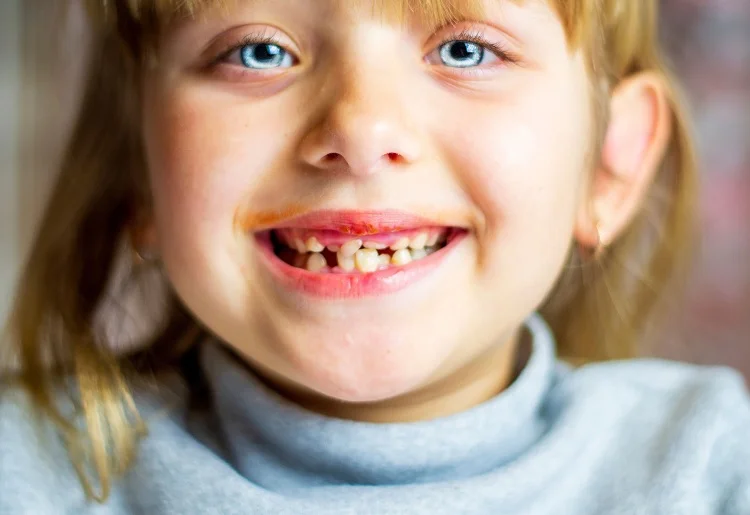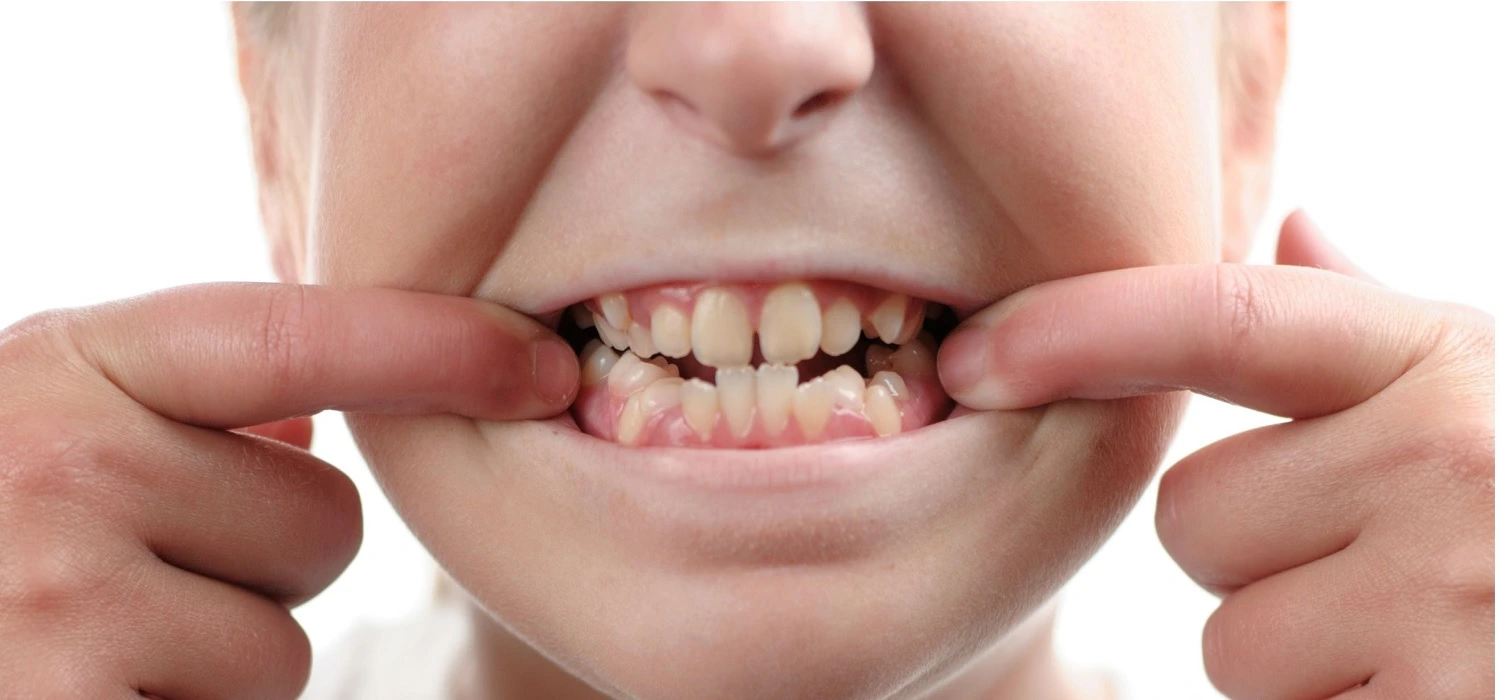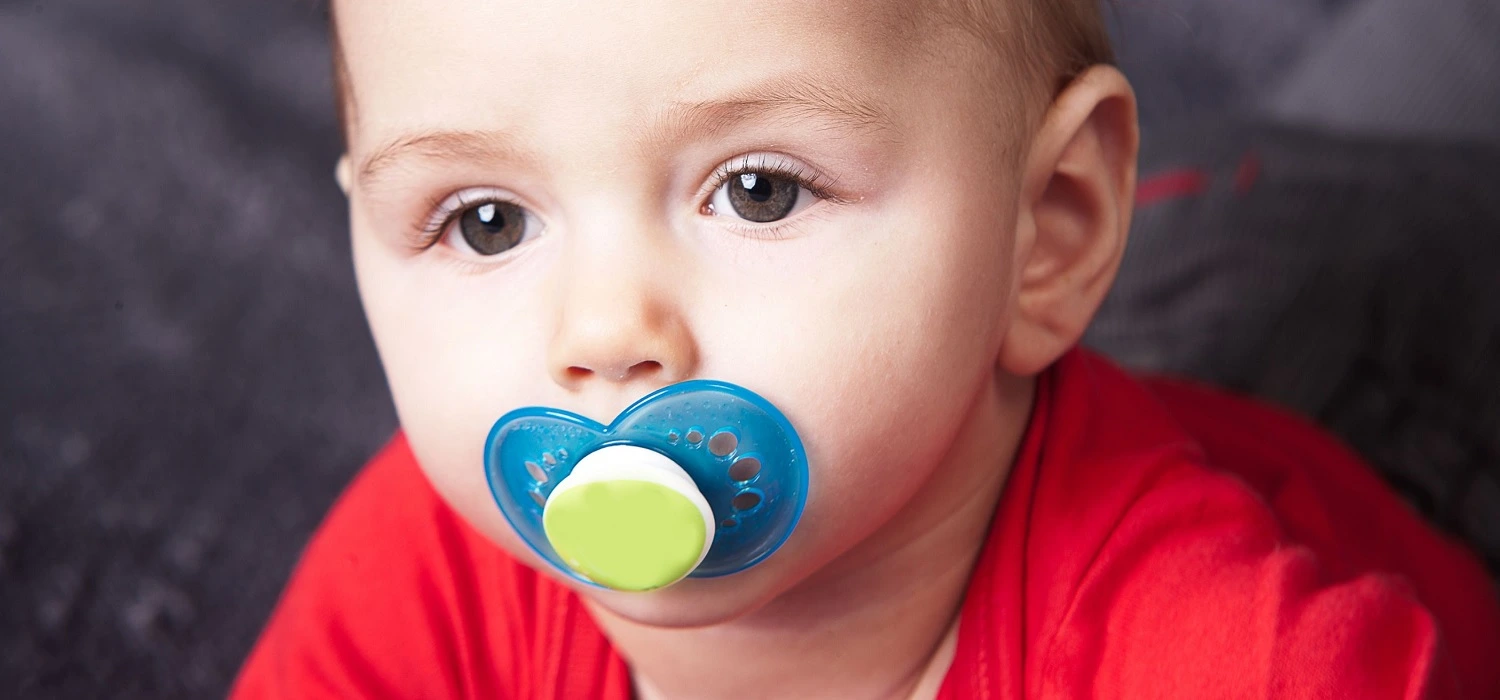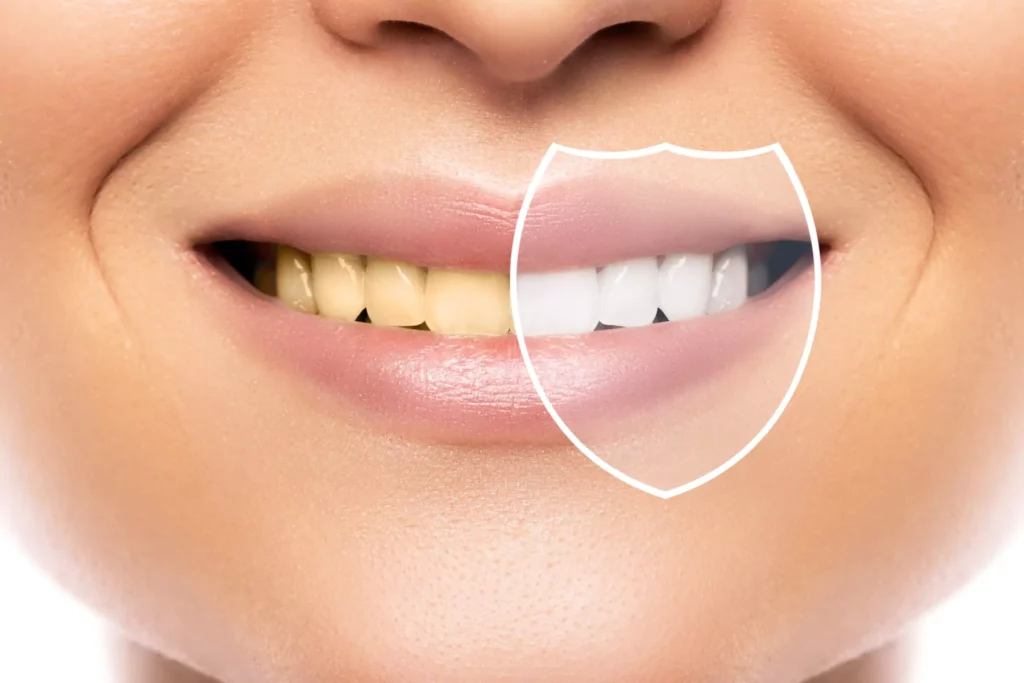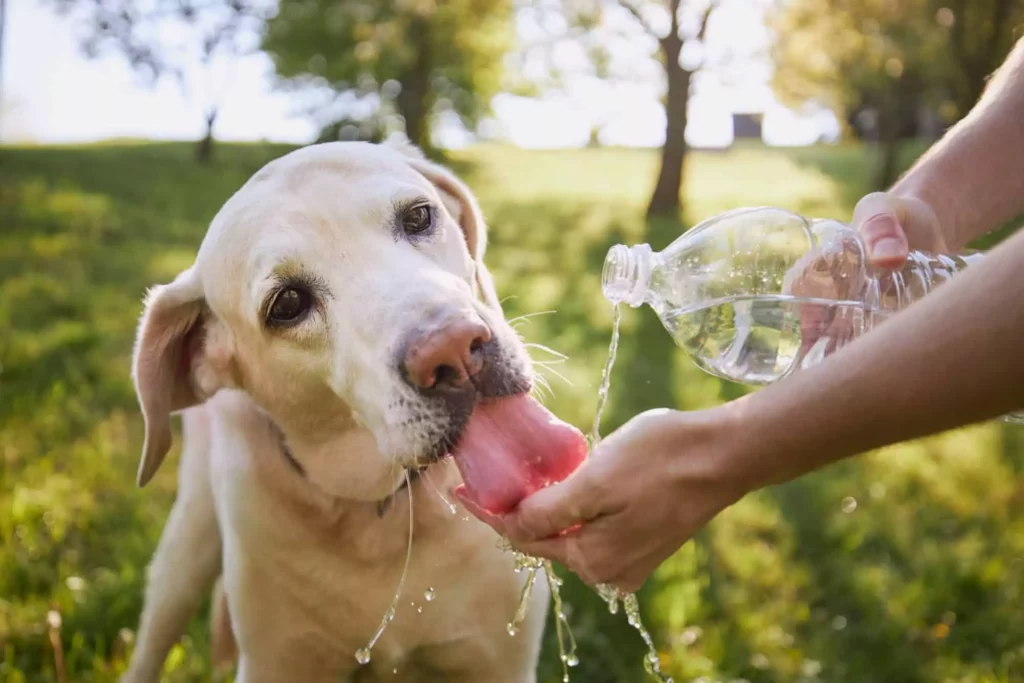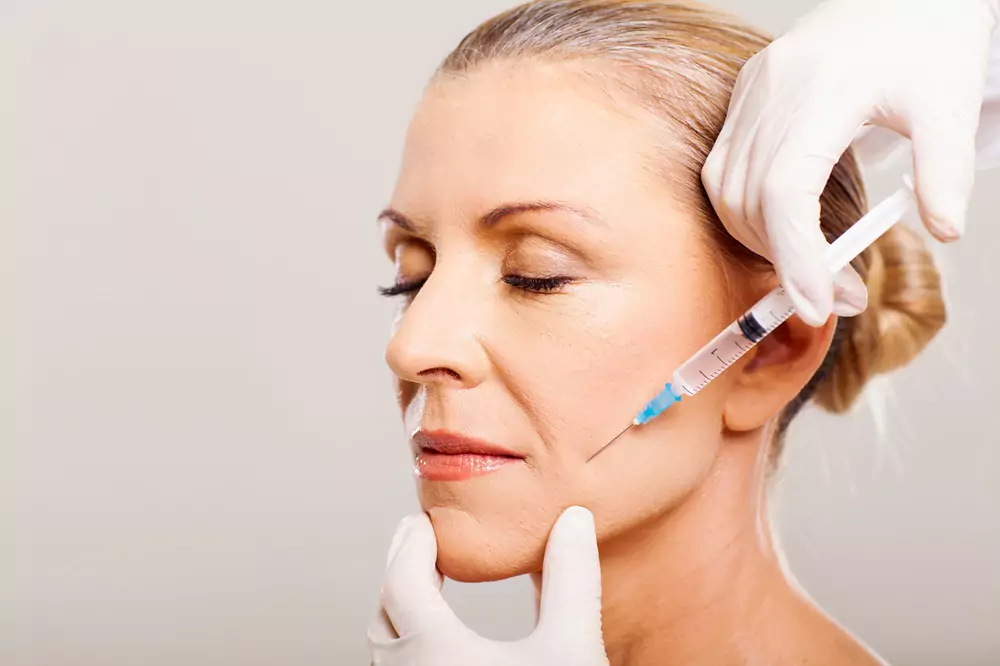When parents notice crooked teeth in babies, they worry, although this situation is common in the first years of life.
If dental crowding is observed after two years of age, it is indicated to consult a pediatric dentist to assess whether it is a temporary situation or requires therapeutic action. To know more about this topic, read this comprehensive guide regarding dental crowding.
This article shares relevant information to prevent crooked teeth in babies and identify when it is necessary to consult a pediatric dentist.
Milk Teeth and Their Function
Beyond facilitating food consumption in the first years of life, primary teeth maintain the space required by permanent teeth, facilitating normal dental development.
When the changeover of milk teeth for permanent ones begins, crowding can occur because, at that time, the gums are small. A dentist will determine if there is too little space or if it is a temporary situation. In some cases, control consultations are carried out periodically for assessment.
Causes of Crooked Teeth in Babies
Different situations can cause misaligned or crooked teeth.
1. A dentist will note the difference in the size of the child’s teeth, about the jaws. Three different circumstances can occur:
• Teeth of normal size with small jaws.
• Jaws normal, with large teeth.
• Large teeth and a small jaw.
2. Dental crowding can also derive from genetic factors, that is, familial inheritance passed from one generation to the next.
3. The early loss of teeth causes misalignment since the remaining attached teeth tend to move to close the space, generating an erratic dental position.
4. Another situation is the ectopic eruption of the teeth, that is when the teeth come out in a different position than expected.
5. On the other hand, some habits can be the cause of dental misalignment. Placing objects against the teeth, between the jaws, or in contact with the palate can affect bone growth or change the position of the teeth. The most frequent habits are:
• Sucking the fingers.
• Placing the tongue between the jaws.
• Pushing the teeth with the tongue.
• Breathing through the mouth.
Crooked teeth make dental hygiene difficult and facilitate tooth decay and gum infections. In addition, a bad position of the upper front teeth can cause speech problems.
In addition, this condition affects food intake, causing pressure on the jaw joints and wear of the teeth while possibly promoting breathing through the mouth.
How to Prevent Crooked Teeth in Babies?
It is possible to adopt certain practices to prevent dental crowding in babies and children:
1. Avoid the use of pacifiers and the bottle.
2. Avoid excess sugar in meals.
3. Avoid using a pacifier or sucking the thumb over the age of two.
4. Avoid biting on foreign objects or placing them in the mouth for long periods.
If the child breathes through their mouth, a doctor should be consulted, as this may be the result of very large tonsils or allergic rhinitis, among other causes.
The child should schedule periodic dental consultations from the age of two on, and more frequent check-ups after the age of 7, at which time the incisor teeth emerge.
What is the Treatment for Crooked Teeth in Babies?
The first resort is to take a panoramic radiograph to establish the position of the teeth that have not yet erupted.
According to the dentist’s assessment, it may be necessary to make a spatial analysis, based on plaster models of the mouth, to measure the size of the teeth and make a projection about the future.
If there is severe crowding or problems with the growth of the jaw, orthopedic appliances can stimulate growth, eradicate a bad habit, or prevent the displacement of contiguous teeth that form a gap due to dental loss.
In many cases, it is recommended to use therapeutic devices when all the permanent teeth are in place.
Prevention is the Key
Dental misalignment or crooked teeth are not an alarm signal in all cases. This is a frequent situation during the growth stage. After the age of two, it is important to adopt preventive practices to prevent children’s teeth from moving into erratic positions. If you notice any anomaly in the position of the child’s teeth, it is advisable to consult a pediatric dentist to evaluate the situation and provide guidance.
Frequently Asked Questions
Why are my baby's teeth coming in crooked?
Baby teeth can be crooked for several reasons, including genetic factors, differences in the size of the teeth relative to the jaw, early loss of baby teeth, or habits like thumb sucking and tongue thrusting. The small size of a child’s jaw compared to the size of the teeth can also cause crowding and misalignment.
What are some ways to prevent crooked and overcrowded baby teeth from becoming permanent ones without extraction?
Generally, a crooked baby tooth does not need to be removed unless it is causing significant problems, such as severe misalignment affecting other teeth, difficulty in eating, or speech issues. A pediatric dentist will evaluate whether removal is necessary or if the tooth will naturally correct its position over time.
What should I do if my baby has crooked teeth?
If your baby has crooked teeth, it is advisable to consult a pediatric dentist. The dentist can assess whether the misalignment is a temporary issue or if it requires intervention. Regular dental check-ups can help monitor the development of your child’s teeth and take preventive measures if needed.
What happens if a child has crooked top teeth?
Crooked top teeth in a child can lead to difficulties in maintaining proper dental hygiene, increasing the risk of cavities and gum disease. It can also cause speech problems, affect eating habits, and place undue pressure on the jaw joints. In severe cases, it might be necessary to use orthodontic or orthopedic appliances to correct the alignment.
Can we combat crooked teeth by feeding babies more solid foods at younger ages?
To prevent crooked teeth in babies, consider the following practices:
- Avoid the use of pacifiers and bottles after the age of two.
- Limit the intake of sugary foods.
- Discourage thumb sucking and other habits like tongue thrusting.
- Ensure your child does not place foreign objects in their mouth for extended periods.
- Address any breathing issues with a doctor, as mouth breathing can affect dental alignment.
- Schedule regular dental check-ups starting from the age of two, with more frequent visits after the age of seven when the permanent incisor teeth begin to emerge.
Share:
References
1. American Association of Orthodontists. (Mayo 1 de 2018). Understanding Early Check-Ups Parents Guide to Orthodontics. / https://www3.aaoinfo.org/blog/parent-s-guide-post/understanding-early-check-ups/
2. Cleveland Clinic (Agosto 28 de 2021) Malocclusion: Classes, Definition & Treatment / https://my.clevelandclinic.org/health/diseases/22010-malocclusion
3. Cochrane (s.f.) What is the best treatment for children with crowded teeth? / https://www.cochrane.org/CD003453/ORAL_what-best-treatment-children-crowded-teeth
4. Nuevo Marisol (December 13, 2021). Ten myths about crooked teeth in children / https://www.guiainfantil.com/1644/10-mitos-sobre-los-dientes-torcidos-de-los-ninos.html
5. Willow Pediatric Dentistry (s.f.) Why Are My Child’s Baby Teeth Coming In Crooked? What You Should Know / https://www.willowpediatricdentistry.com/post/why-are-my-childs-baby-teeth-coming-in-crooked-what-you-should-know
-
Nayibe Cubillos M. [Author]
Pharmaceutical Chemestry |Pharmaceutical Process Management | Pharmaceutical Care | Pharmaceutical Services Audit | Pharmaceutical Services Process Consulting | Content Project Manager | SEO Knowledge | Content Writer | Leadership | Scrum Master
View all posts
A healthcare writer with a solid background in pharmaceutical chemistry and a thorough understanding of Colombian regulatory processes and comprehensive sector management, she has significant experience coordinating and leading multidisciplina...



